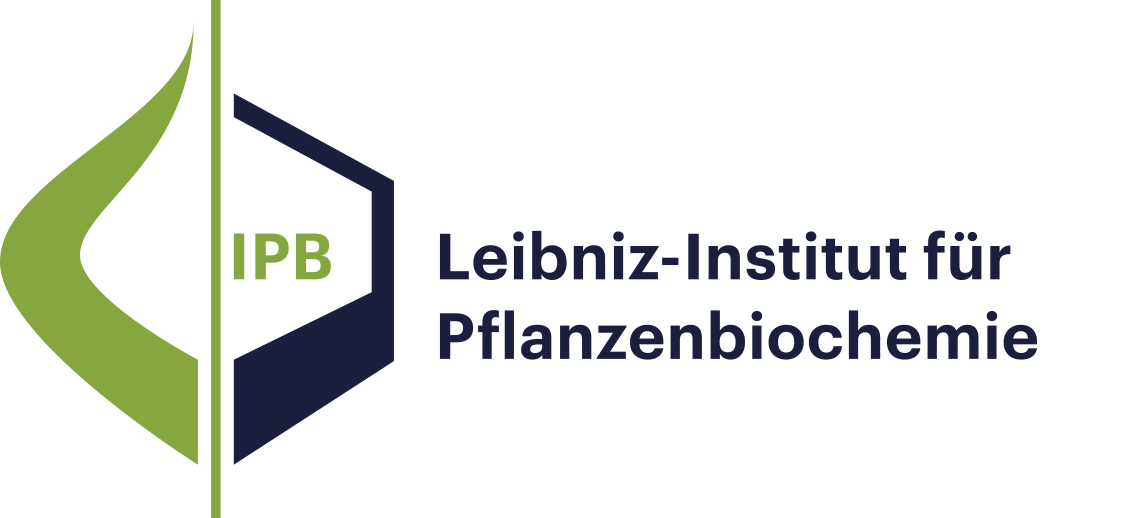- Ergebnisse als:
- Druckansicht
- Endnote (RIS)
- BibTeX
- Tabelle: CSV | HTML
Publikation
Publikation
Leitbild und Forschungsprofil
Molekulare Signalverarbeitung
Natur- und Wirkstoffchemie
Biochemie pflanzlicher Interaktionen
Stoffwechsel- und Zellbiologie
Unabhängige Nachwuchsgruppen
Program Center MetaCom
Publikationen
Gute Wissenschaftliche Praxis
Forschungsförderung
Netzwerke und Verbundprojekte
Symposien und Kolloquien
Alumni-Forschungsgruppen
Publikationen
Publikation
Phenylphenalenones represent a typical group of secondary metabolites of the Haemodoraceae. Some of these phenolic compounds show organ-specific distribution within the plant. However, detailed information on cellular localisation is still lacking. To this end, confocal laser-scanning microscopy, microspectral photometry and high-performance liquid chromatography were used to study the tissue localisation of phenylphenalenone-type compounds in Xiphidium caeruleum Aubl. From the autofluorescence potential of these compounds, specific distribution of allophanylglucosides and non-glucosidic compounds of the phenylphenalenone-type in distinct cells of the roots (apical meristem, cortex, cap, epidermis) and the shoot system was revealed. Fluorescence enhancement using "Naturstoff reagent A" (NA) indicated the occurrence of NA-positive natural products in the vacuoles of leaf epidermal cells. The present results provide new insights into the possible functions of phenylphenalenone-related compounds in the context of their localisation. Additionally, the advantages and limitations of the techniques are discussed.
Publikation
Metal-binding domains consisting of short, contiguous stretches of amino acids are found in many proteins mediating the transport, buffering, trafficking or detoxification of metal ions. Phytochelatin synthases are metal-activated enzymes that function in the detoxification of Cd2+ and other toxic metal and metalloid ions. In order to localize Cd2+-binding sites, peptide libraries of two diverse phytochelatin synthases were synthesized and incubated with 109Cd2+. Distinct binding sites and binding motifs could be localized based on the patterns of Cd2+-binding. The number of binding sites was consistent with previous findings for recombinant protein. Positions of binding sites appeared to be conserved even among diverse phytochelatin synthases. Mutant peptide analysis was used to assess the contribution of exemplary amino acids to binding. Several binding motifs contain cysteines or glutamates. For cysteines a strong correlation was found between binding activity and degree of conservation among known phytochelatin synthases. These findings indicate the suitability of peptide scanning for the identification of metal-binding sites. The functional role of several cysteines was investigated by expression of hemagglutinin-tagged phytochelatin synthases in phytochelatin synthase-deficient, Cd2+-hypersensitive Schizosaccharomyces pombe cells. The data are consistent with a model suggesting functionally essential metal-binding activation sites in the N-terminal catalytic part of phytochelatin synthases and additional binding sites at the C-terminus not essential for activity.

